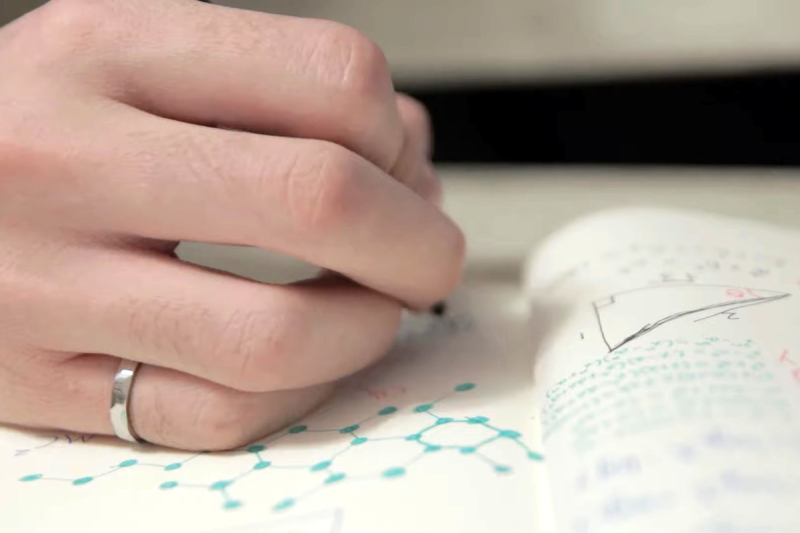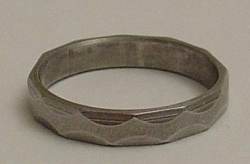
How can you spot an engineer? It can be tricky, but it is a little easier in Canada. That’s because many Canadian engineers have been through the Ritual of the Calling of an Engineer and wear an iron or steel ring to symbolize their profession. The ring has a very odd history that originated in 1922 as the brainchild of Professor H. E. T. Haultain. While he may not be a recognizable name, at least one famous person was involved with creating the Ritual.

The ring itself has facets on the outer surface, and you wear it on the little finger of your dominant hand. Originally handmade, the ring reminds the wearer of the engineer’s moral, ethical, and professional commitment. In addition to being a visible reminder, the ring is made to drag slightly as you write or draw, as a constant reminder of the engineer’s obligation. With more experience, the ridges wear down, dragging less as you get more experience.
There is a rumor that the first rings were made from the metal of a bridge that collapsed due to poor design, but this appears untrue. The presentation ceremony is understated, with limited attendance and very little publicity.
The Ceremony


Kipling created the ceremony to create unity among members of the profession and to remind engineers of their obligations to block faulty workmanship and materials. The organization that oversees the ring ceremony is the Corporation of the Seven Wardens, which divides Canada into 28 camps. The Seven Wardens refer to the original group of past presidents of the Engineering Institute of Canada.
The Toronto camp confers iron rings. However, these become loose with time and tend to turn the finger black, so all the other camps have switched to stainless. Apparently, even in Toronto, you can request a stainless ring.
The first ceremony was in April 1925 in Montreal. A month later, a ceremony in Toronto followed. At first, it was somewhat informal, but in 1935 the ceremony was copyrighted. The Corporation of the Seven Wardens was incorporated officially in 1938. The Corporation provides a mission statement: “To enable graduates of accredited engineering programs in Canada to commit to ethical conduct.” Their vision statement is similar: “To foster ethical conduct as a lifelong obligation for engineers educated in Canada.”
Controversy and Elsewhere
Like many things from the early part of the twentieth century, the ritual doesn’t reflect modern sensibilities in some ways. There have been several efforts to modernize the ceremony, and it seems the Corporation is taking both public comments and wants to commission a new poem for the ceremony.
There was some thought to spread the ceremony to other countries, notably the United States. However, they finally decided that doing so might relinquish some control over the ceremony. The rings, then, remained part of the Great White North.
In 1970, a similar organization was formed to foster the same ideas in the United States. However, the Order of the Engineer doesn’t seem as well-known as its Canadian progenitor. That’s a shame, though, because we applaud the ideals put forth by both organizations. It is easy to realize that designing a bridge, an airplane, or an explosive device requires the utmost care. But, in fact, everyone who designs things should be mindful of their potential for harm and act accordingly. A 3D printer seems innocuous until it burns down your house. While you’d think licensed professional engineers have an edge, they also make mistakes.
Canadian Engineers? They Have a Ring About Them
Source: Manila Flash Report
0 Comments